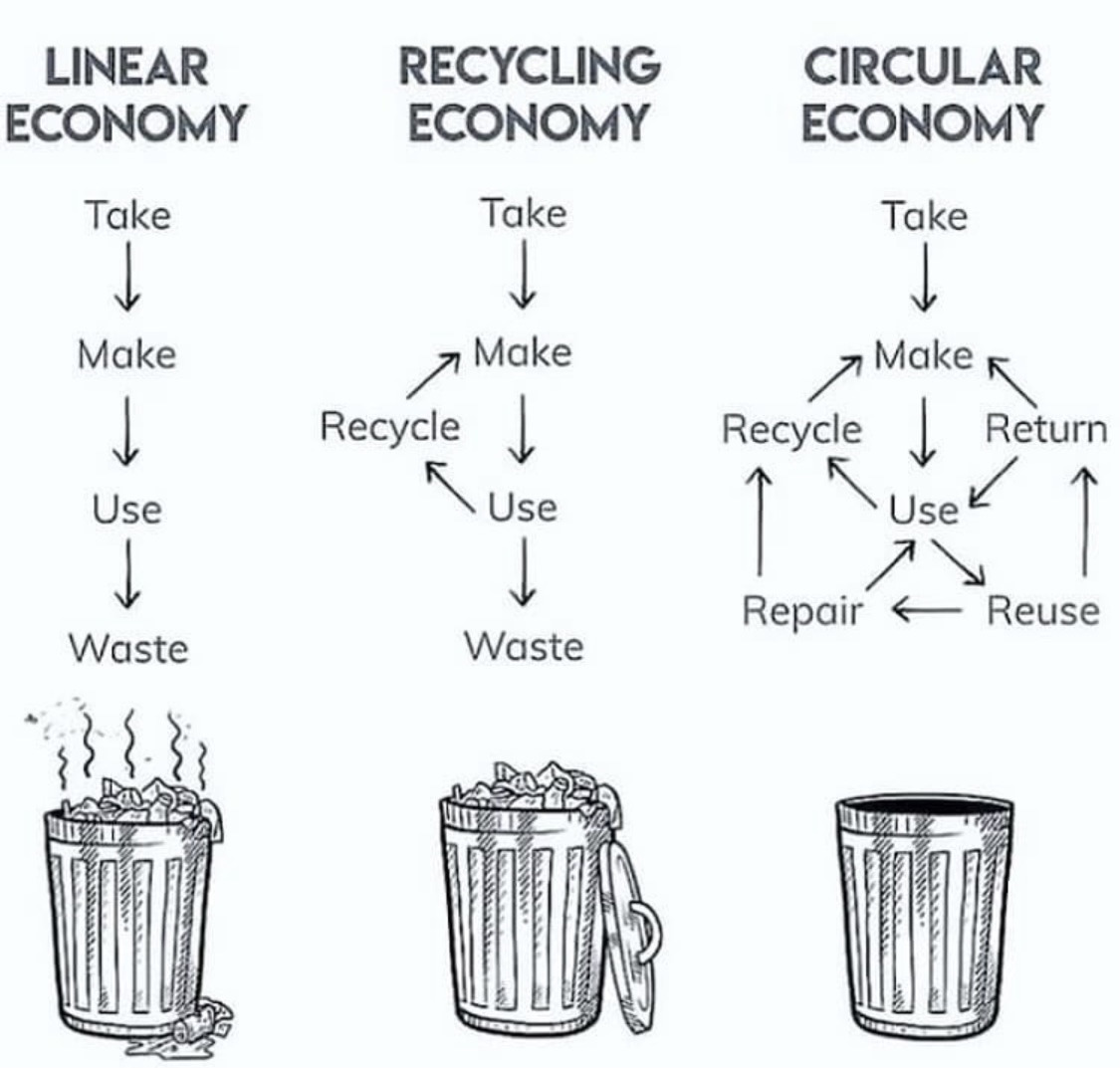This website uses cookies to ensure you get the best experience on our website. To read our full cookie policy please click here.
- Home
- Sustainability
- Sustainability matters

Sustainability matters to us all
It’s estimated that we use circa forty percent more resources each year than we can replenish. While carbon emissions are increasing and biodiversity is decreasing, sustainability has become ever more urgent. But what’s all this got to do with skiwear and how can we make a difference?
Defining sustainability
Although there isn’t a standard definition for sustainability, it’s generally accepted that for a business it is the need to balance economic, social and environmental issues equally when making a product or delivering a service.
That might sound a bit vague but the opposite is simpler to understand. Overusing or wasting the planet's resources whilst over working the workforce and community solely for amassing more profit.
This can’t last.
Our planet’s resources and its ability to cope with waste and pollution, plus people’s ability to live in a fair global society can’t happen if we only prioritise profit.
Reducing our consumption
Every year the clothing industry releases over 1.2 billion tonnes of greenhouse gases into the atmosphere. More than that of all international flights and maritime shipping combined.
The industry’s immense footprint extends beyond the raw materials and manufacturing. What happens during use and end of life is equally concerning. It is estimated that around half a million tonnes of plastic microfibres, shed during the washing of plastic-based textiles such as polyester, nylon and acrylic, end up in the ocean each year. The Fashion Revolution also estimate that £140 million worth of clothing unnecessarily ends up in landfill in the UK each year. Continue on this trajectory and this figure could more than triple by 2050.

Moving away from the linear and wasteful system is therefore crucial if we are to meet our goals set out in the Paris Agreement.
Skiwear ingredients
Skiwear needs to be hardwearing and most of the kit in circulation today is made using fossil fuel derived polyester or nylon. It then has a toxic DWR added to make it waterproof. These 2 elements alone mean it has a large footprint before we’ve even considered all the other ingredients used.
This is where we need to see change and why it’s so important to choose your ski kit wisely. If you do need to make a purchase, we will encourage consumers to buy from brands who are actively making these positive changes to the way they make their kit, highlighted here in our Selection Criteria.
Then, when clothes are no longer needed or not used, we encourage people to sell them back through our website so that they can be used again… and again.”

Photo credit: Carbon Base
We know we’re not perfect and we will never claim to be 100% circular, sustainable or eco-friendly. You can read more about our intentions here.
We are all capable of making more conscious choices and we believe small, considered actions will collectively make a big difference.
Cool to care
Awareness is rising and happily it’s becoming ‘cool to care’. But this rise in popularity and with it, consumer demand, has seen some businesses jump on the eco bandwagon, eager to claim that their brand or product has ‘eco credentials’ or is ‘100% sustainable’. Tempting customers into a ‘guilt-free’ purchase with vague claims of being ‘Planet Friendly’.
This is something we are determined to avoid.
The reality is that it’s hard to be completely sustainable and everything we produce has some impact on the environment. Whether that’s the raw materials it was made from, the manufacturing processes it has gone through, or the ability of the product to be re-used or degrade when it’s useful life is over.
More than ever, it is vital that as consumers we understand that any product that needs to be manufactured, packaged, and transported will harm the environment to some extent - even if made from 100% natural or recycled materials.
The ‘greenest’ purchase you can make is the one you decide not to buy.


